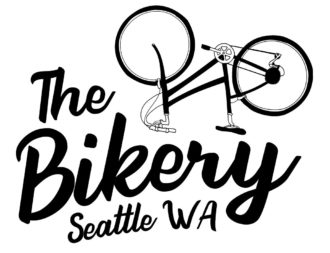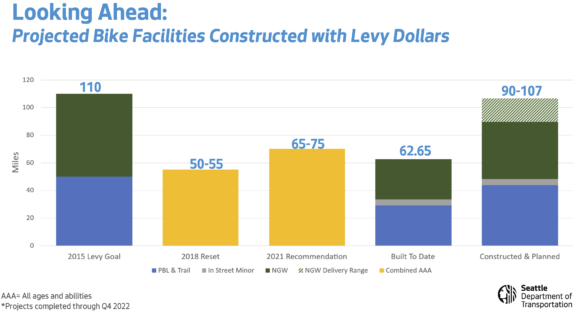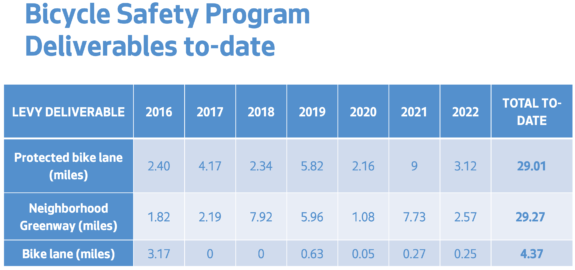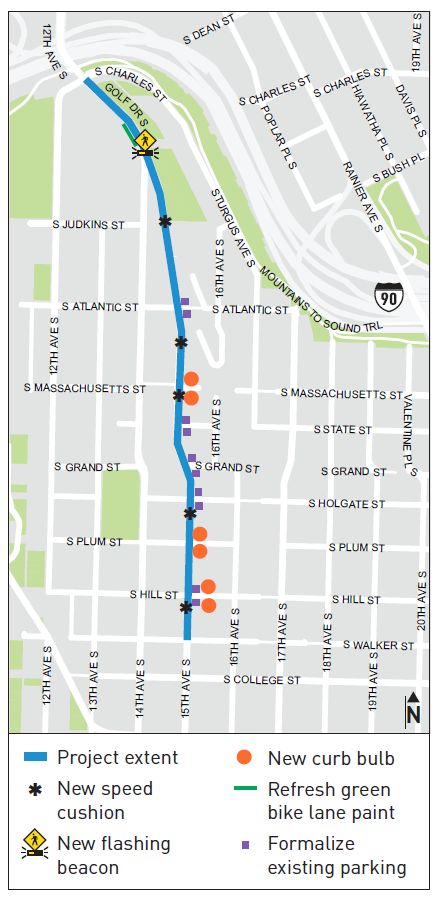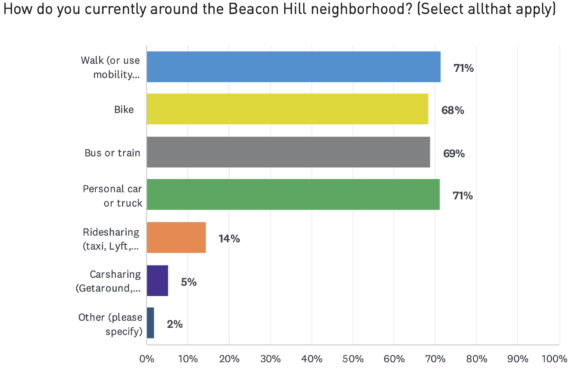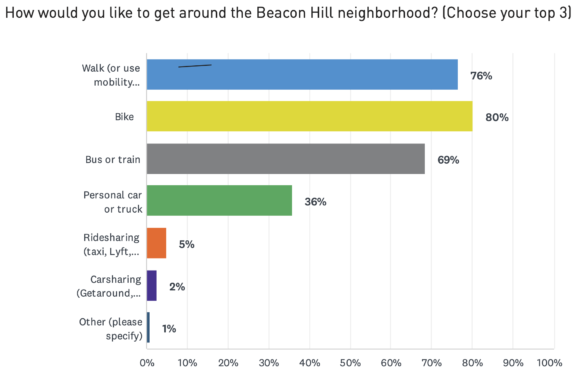This is one part of a series about jaywalking laws in Seattle and Washington. See also: From the beginning, Seattle ‘jaywalker’ stings were used to arrest poor people and Seattle’s first jaywalking law in 1917 was part of the city’s class war.

So-called ‘jaywalking’ laws in Seattle have, from the very beginning, been used as a way to arrest poor people in an effort to secure more urban space for the auto-owning class. By shifting the blame for rising traffic deaths onto the victims, the concept of jaywalking was essential in establishing a dominant car culture in Seattle and across the nation.
But jaywalking laws never actually worked. People jaywalk all the time, and they always have. If the road is clear, you cross. But by making a common practice illegal, police officers are able to use it as a pretense to stop someone even if traffic safety isn’t their true purpose. Gene Balk at the Seattle Times found that between 2010 and 2016, 26% of jaywalking citations went to Black people despite Black people making up only 7% of the population. And these figures don’t even account for all the stops that don’t result in a citation. As we have seen time and again, even low-level police stops can quickly escalate into police violence.
However, the era of jaywalking laws may be on its way out. States and cities across the nation have started repealing jaywalking laws, including the states of Virginia and Nevada in 2021. Now Washington could join them if HB 1428 or its companion bill SB 5383 become law this session. The House Transportation Committee is holding a hearing on HB 1428 4 p.m. tomorrow (February 8). You can go on the record as “pro” on the bill at any time using the state’s online testimony page even if you cannot make it to the hearing. Transportation Choices Coalition has also put together a handy online form you can use to send messages to House and Senate lawmakers explaining your support for the effort.
The bill does not give people free reign to walk in roadways whenever they want. People are still required to “exercise due care for their safety.” Specifically, the bill would add a section to the state traffic code stating:
A pedestrian may cross a roadway at any point unless a reasonably careful person would realize there is an immediate danger of a collision with a moving vehicle, a person operating a bicycle, or personal delivery device. This subsection does not relieve a pedestrian from the duty of exercising due care for their safety or relieve a driver of a vehicle, a person operating a bicycle, or personal delivery device from the duty of exercising due care for the safety of any pedestrian within the roadway.
And, though it’s depressing to put it this way, there is still a serious potential penalty for crossing the road in a dangerous manor: Death and injury. Everyone is already quite aware of the danger of cars, and that real and immediate danger is a much bigger deterrent than the relatively rare chance that a police officer might give someone a ticket (Seattle Police issued 160 jaywalking tickets in all of 2016, likely equal to the number of people who jaywalk every couple minutes across the city). But at least with this bill, police won’t visit someone on their hospital bed to write them a ticket.
Revising the state’s jaywalking law is only one action among many that are needed to address the state’s rising traffic death numbers. Washington needs to stop offloading the blame onto the victims of traffic violence and instead seek real solutions, especially roadway engineering changes and auto industry regulations, to make our streets and highways safer.
Transportation Choices Coalition has more information supporting the repeal of Washington’s “jaywalking” law.
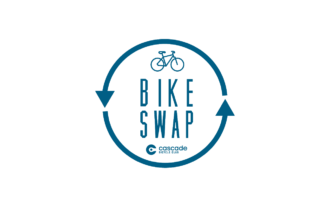 Cascade Bicycle Club’s annual Seattle Bike Swap is always a wonderful place to dig through some bike part bins, discover something rare or find an affordable used bike. Tickets are $8 if you buy online before noon Friday or $10 at the door (you can get in an hour early for $20 online or $25 at the door). Kids 15 and under get in free.
Cascade Bicycle Club’s annual Seattle Bike Swap is always a wonderful place to dig through some bike part bins, discover something rare or find an affordable used bike. Tickets are $8 if you buy online before noon Friday or $10 at the door (you can get in an hour early for $20 online or $25 at the door). Kids 15 and under get in free.
